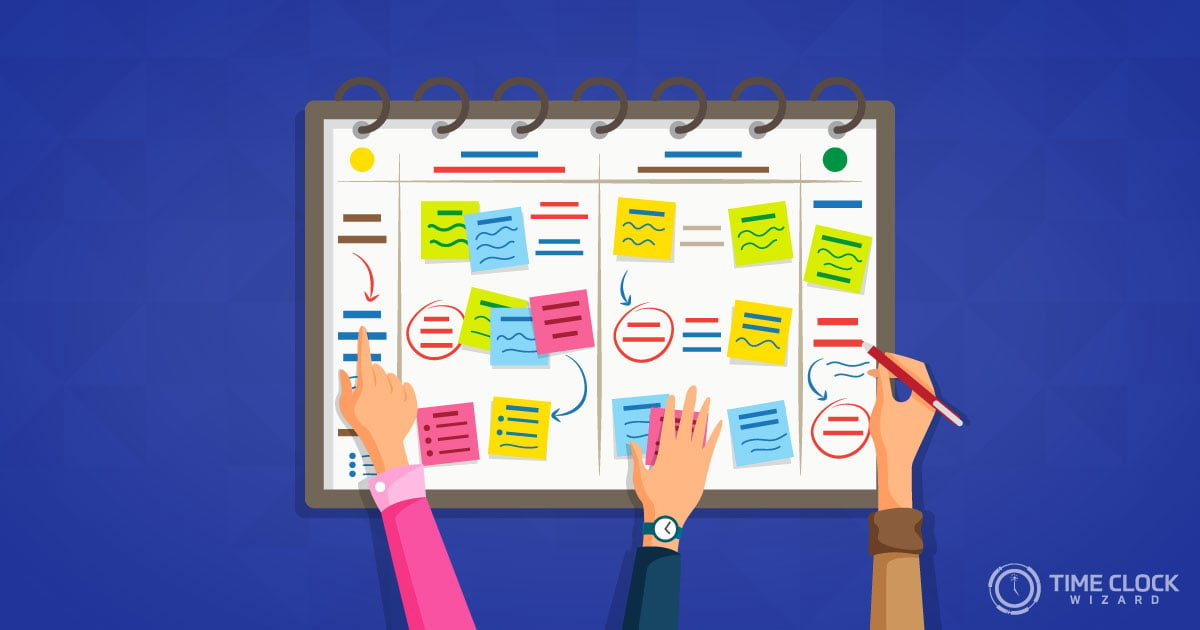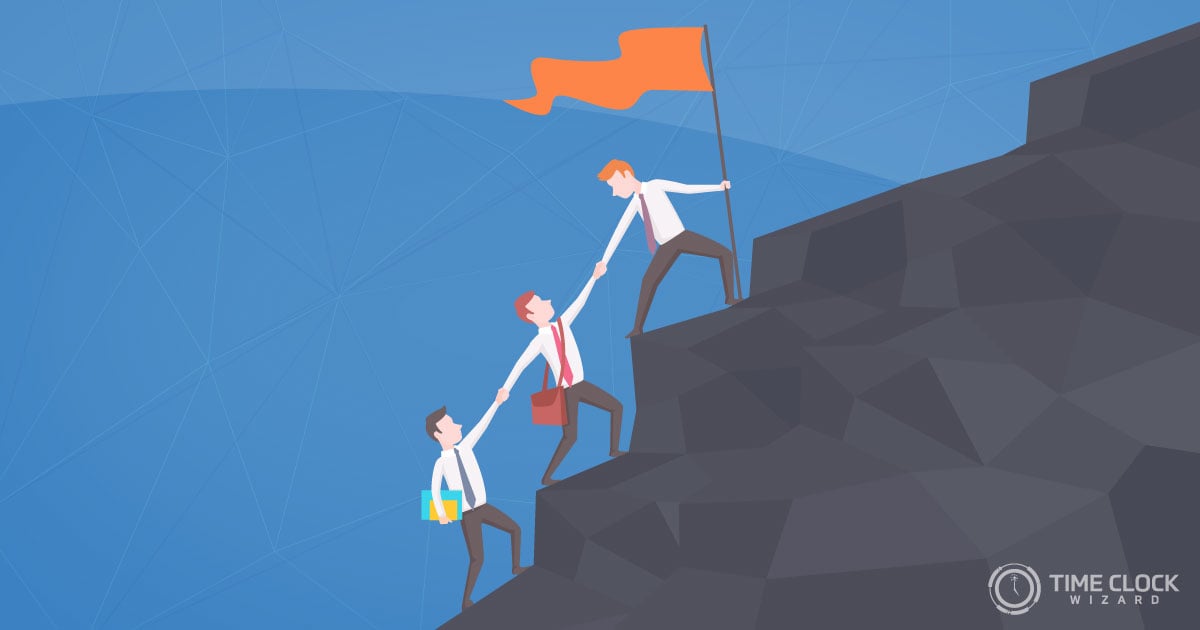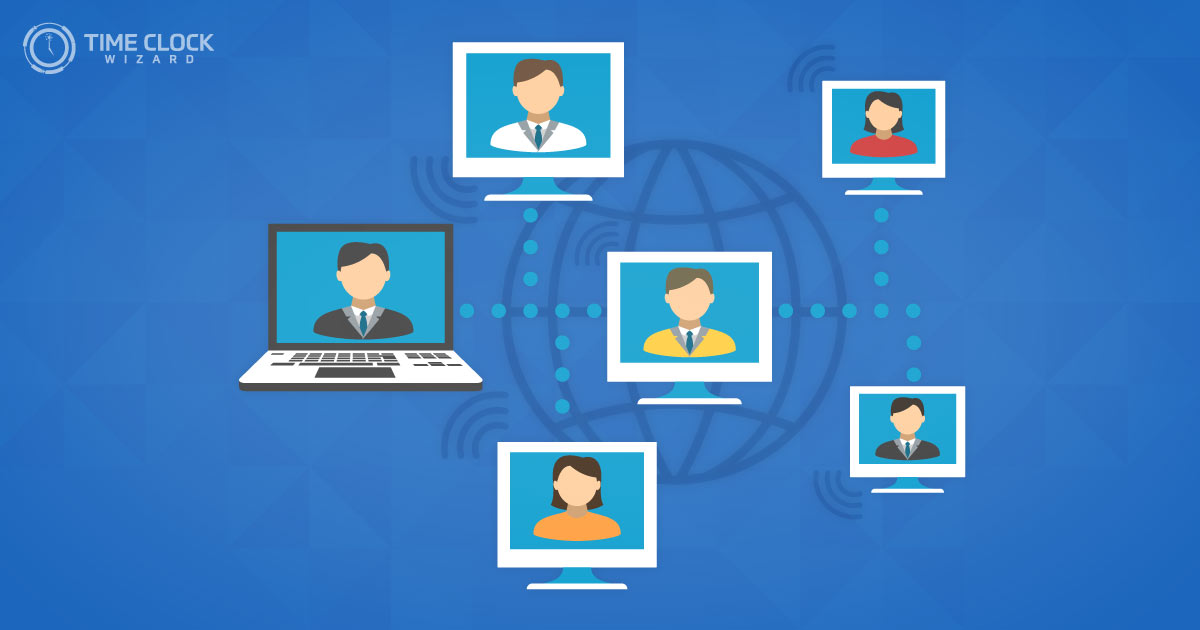
It happens to every project manager at one point or another. For whatever reason, you can’t wrap your arms around a big project and things quickly spin out of control. Think back to the last time poor organization led to huge delays and you’ll understand why so many people in your position use a great project management app to keep everything together.
Project management isn’t an easy thing to do. It’s like a juggling act, and sometimes you just end up with too many balls in the air to keep track of them all. That’s why a project management app like Trello or Asana is a requirement in today’s frenetic business world.
Read on to find out all the ways the right project management tool can increase your team’s productivity and make your life easier.
Work Tracking Software and Keeping Everyone on The Same Page
As you already know, every project presents different challenges. How could they not, right? Even if you consistently manage similar projects, every one of them requires something different. But despite these inherent differences, most of the obstacles you face fall into one of the following categories:
- Inadequate advance planning
- Timing and scheduling errors
- Personnel Changes
- Improper resource allocation
- Changes in the project itself
- Budgeting problems
Obviously, this is an incomplete list. Anyone who’s ever tried to manage an important project could add to it without even thinking about it very much. Nevertheless, this list is a pretty good cross-section of the most common problems project managers encounter. More importantly, it’s also a good sampling of the challenges that work tracking software is designed to meet.
But how can these platforms help you overcome the inevitable challenges of project management? To answer that question, let’s have a look at how they work in the first place.
Project Management Apps and Better Communication
In case you don’t already know, project management software is designed to plan, schedule, and distribute resources for company projects. It’s also designed to help with budgeting and to track progress in real time. Typically, project management software is cloud-based and allows multiple users to collaborate in a single contained space. And although each brand comes equipped with different features, the goals are always increased team efficiency and lower costs.
One of the ways a project management app accomplishes these goals is through better communication. Every project has several people working on it and a lot of other moving parts as well. This reality makes rapid communication an absolute necessity. Project management apps make this level of communication possible. They let you create centralized boards where all the pertinent communication can be accessed and stored.
These boards are especially helpful if you’re working with a team that’s distributed across different geographic areas and time zones. How often have you needed to give or receive information from a team member who’s probably still in bed? And do you REALLY want to call a client with a question when it’s midnight and you’re still working?
Project management software can eliminate these concerns by giving you spaces that are reserved for specific kinds of communication. And while everyone wants an answer right away, waiting for a team member to get out of bed is a lot better than forgetting the question entirely. With a project management app, you can shoot off a message without having to wonder if it’s buried under a dozen emails and be sure the recipient actually sees it.
The Benefits of Project Management Software
The improved communication that project management software offers is the key to a host of other benefits. Here are the four areas where a project management tool like Asana or Trello offers the most help:
1. Project Organization
The right project management tool will give you the tight organization you need to produce deliverables on time and under budget. You can use it to set priorities and deadlines. When changes occur, the software will automatically send updates to your employees’ phones or other devices. This keeps everyone on the same page and maintains a good workflow.
Another way these tools help with organization is by letting you assign tasks and modify them at a moment’s notice. This allows for maximum flexibility and the ability to respond quickly when a client changes their mind. These software programs also prevent misunderstandings and redundancies. Just as importantly, they provide an overview of the time and other resources that you’ve allocated to different tasks.
2. Seamless Collaboration
Project teams sometimes consist of dozens or even hundreds of people, each of whom is working on a specialized set of tasks. Moreover, these teams are often distributed across the globe. Put these two factors together and it’s easy to see why productive collaboration can be so difficult to achieve.
Fortunately, this is the exact spot where work tracking software comes in. We’ve already mentioned the improved communication between teammates, but project management apps provide other collaboration benefits as well. Here are just a few ways that the right project app can maximize the productivity of your team’s collaborative efforts:
- Quick access to other team members’ work
- Easy sharing of files, work calendars, and contact lists
- Easy access to relevant customer data from all over the world
- Multiple communication channels
- Multi-user boards where team members can view budgets, finished or outstanding work, and workflow timelines
3. Better Decision Making
Improved decision making is one of the most significant advantages that project management apps provide. They put all the relevant details in one place and give project managers the wide-angle view that they need to make good decisions quickly. They also ensure that team leaders have access to accurate information.
Knowing what everyone is doing in real time is crucial to good project decision making, and it’s exactly this knowledge that work management software is designed to provide. Better still, many of these platforms deliver pertinent information automatically, without the manager having to wait until an employee has time to send a cumbersome series of emails.
4. Fine-Grained Monitoring
Generally speaking, project managers don’t like surprises. In fact, they’ll do just about anything that they can to avoid them. And as experienced managers have already learned, the best way to avoid surprises is by monitoring their projects closely. Micromanaging is always a bad idea, but your project will go nowhere fast if you don’t know where everyone is and how things are progressing.
Project management software has a solution for the monitoring problem. It allows for a continuous flow of information in real-time, including detailed reports on task completion, budgets, and possible delays. With this information gathered in one place, project managers can stay abreast of their team’s workflow with minimal effort.
Choosing the Right Project Management App
Deciding to use a project management app is pretty much a no-brainer, but choosing the one that’s right for you isn’t quite as easy. Like with most of your technology choices, you should look for management software that’s affordable, accessible, and appropriate to your needs. With this foundation in mind, you can follow these four suggestions to find the ideal platform:
- Do a cost/benefit analysis to make sure the software’s benefits justify the time and money you’ll spend learning to use it.
- Shop around. Sign up for free trial offers with several different brands and see which one works best for you.
- Talk to your people. Ask for feedback during the trial periods and factor your employees’ needs into your final decision.
- Make a list of the most common difficulties you encounter managing projects. Then use this list to focus on applications that address your particular problem areas.
Let Features Be Your Guide
Once you’ve taken these steps, you should be able to narrow your choices down quite a bit. Then it becomes a matter of choosing between those that are still left standing. A great way to do this is to compare the different features each app offers and decide which ones are most important to you. Here are some of the most common features that project management apps offer:
- Planning and scheduling calendars
- Task management
- Centralized team dashboards
- Cloud data storage
- Customized real-time reports
- Budgeting and other resource allocation tools
- Project time tracking
Remember– there are a lot of options out there and no two project software suites are exactly alike. They all have their strengths and weaknesses, so it’s very important that you understand the tradeoffs involved in whatever choice you eventually make. Make an in-depth comparison of each software’s features to find the platform that’s right for you.
Top Four Project Management Apps of 2018
Now that you’ve established the criteria for choosing the right project management app, here are top four recommendations:
- Asana. One of the simplest project management apps, Asana lets you create task lists and share them with relevant team members. It’s also free for teams with up to 15 members.
- Trello. Free and easy to use, the Trello app is a great tool for working on group projects. It’s great for making to-do lists and lets you create multiple boards to work on various projects.
- Casual. A truly unique app, Casual lets you coordinate tasks by drawing them up as a flowchart. It’s also great for visualization and lets team members see the relationships between different tasks.
- Omniplan. Omniplan is a sophisticated tool that’s both effective and easy to use. It lets you create you create your project in outline form and walks you through every step of its development.
Project Management For Now and Into the Future
The difficulties involved in project management aren’t a recent development. They were present fifty years ago and they’ll continue to be a challenge in the future. That’s why you have to take action to minimize their effects immediately.
And if you’re like most, advanced project management software is the place to go. The brand you use is up to you. They all have their pros and cons, so shop around to find the one that best fits your needs. Most brands offer a trial period, and you should use this time to decide if a given platform is right for you.
To sum up, no project manager does their job perfectly every time. In fact, a lot of project snafus aren’t really anyone’s fault. But there’s no use playing the blame game anyway. All that matters is that you reduce the impact of these inevitable problems.
And minimizing these problems this something you’ll need to do today, tomorrow, and well into the future. Fortunately, there’s a solution out there right now. For more apps check out our 2019 List of Best Apps.






